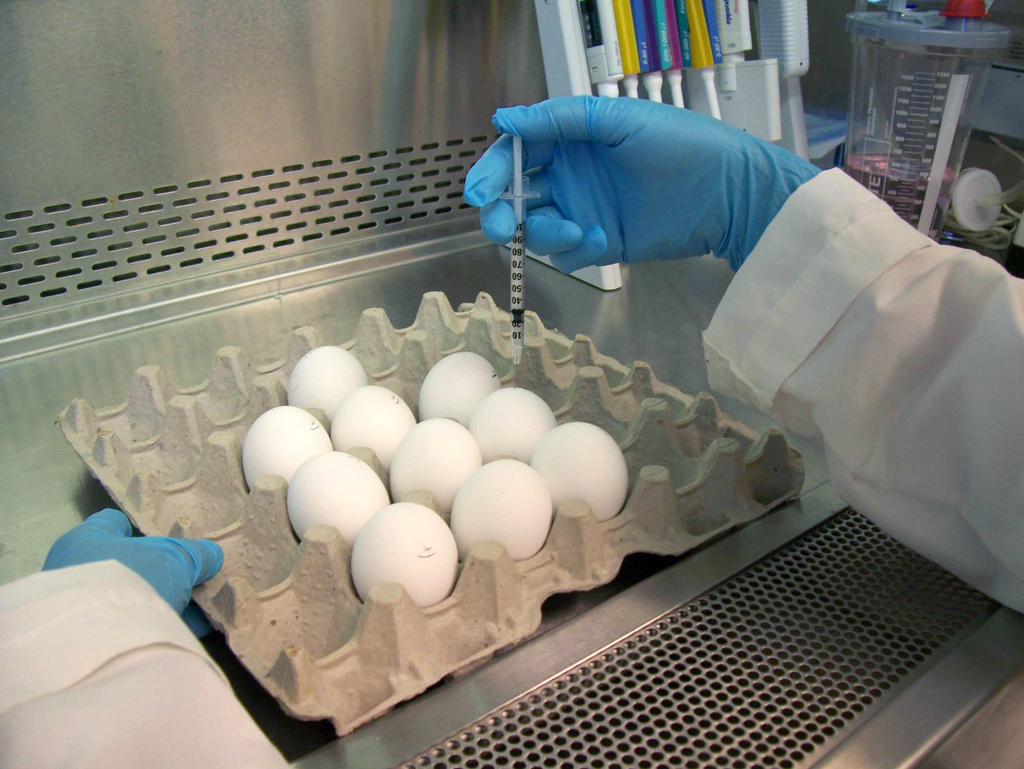From FoodSafety.gov
Super Bowl Sunday is a great American tradition, and a great way to bring together the three Fs: football, friends, and food. Super Bowl Sunday is also the second biggest day to consume food in the United States, only after Thanksgiving.
One of the most popular ways to celebrate is by inviting family and friends to enjoy a buffet. But if cold foods are left out of refrigeration and hot foods sit cooling for too long, you may be leaving the door open for some other, unwanted, guests – bacteria that can cause food poisoning.
Certain foods left at room temperature for more than two hours enter the so called “Danger Zone,” between 40°F and 140°F. The “Danger Zone” is the perfect environment for harmful bacteria to grow and multiply. Because the game itself takes about four hours and Super Bowl parties can last for several hours longer it’s important to pay special attention to this on game day.
A lot of food combined with a lot of people who are focused on the big game creates a significant risk of food poisoning – so there’s no better time to pullout the food safety playbook and Check Your Steps.
Your jersey may have grass stains from the impromptu game in the backyard, but be sure to keep your kitchen, dishes and utensils clean by washing them with hot, soapy water.
Avoid an offsides penalty. Always serve food on clean plates — not any that previously held raw meat and poultry. Bacteria which may have been present in raw meat juices can cross- contaminate the cooked food to be served.
Use a food thermometer to make sure that meat and poultry are safely cooked.
Divide cooked foods into shallow containers to store in the refrigerator or freezer until serving. This encourages rapid, even cooling. Reheat hot foods to 165 °F after halftime.
Arrange and serve food on several small platters rather than on one large platter. Keep the rest of the food hot in the oven (set at 200-250 °F) or cold in the refrigerator until serving time. This way, foods will be held at a safe temperature for a longer period of time.
Replace empty platters rather than adding fresh food to a dish that already had food in it. Many people’s hands may have been taking food from the dish, which has also been sitting out at room temperature.
Keep foods cold by nesting dishes in bowls of ice. Otherwise, use small serving trays and replace them.
Remember to refrigerate leftovers within 2 hours.
For more information, view our Parties and Large Groups general information page.
If you have other food safety questions, please feel free to contact us via our Hotline (1-888-674-6854 toll-free) or online at AskKaren.gov (English or Spanish). Please continue the discussion on our Facebook page.
Enjoy the game!










